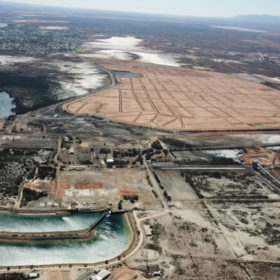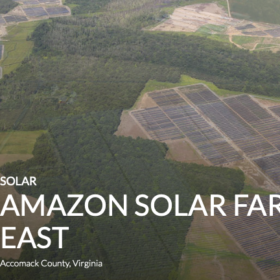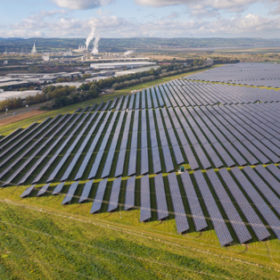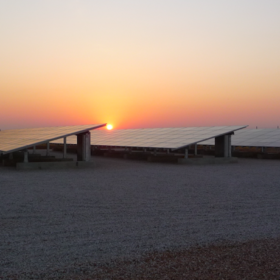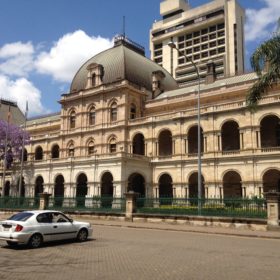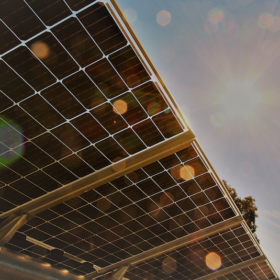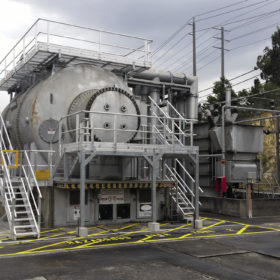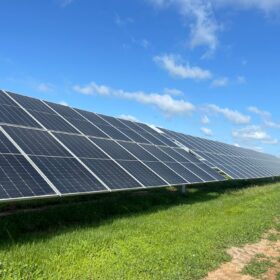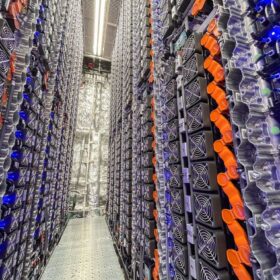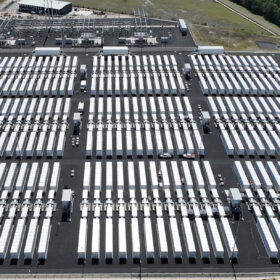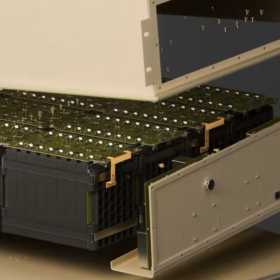Is home battery storage a case of first in, worst dressed?
The world of electricity is unrelenting and confusing; from a multitude of energy plans to deciding on which solar system to install. The fast emerging home battery market now introduces another opportunity for homeowners to save thousands. However, not all battery systems are equal – and not all homes are suited to installing a home battery. The wrong home battery advice can cost homeowners thousands of dollars in unnecessary equipment.
Vanadium-flow batteries set for grid scale project in Port Augusta, South Australia
Canadian company CellCube Energy Storage Systems and Pangea Energy have signalled their intention to install a 50 MW/200 MWh energy storage system in Port Augusta, South Australia.
American EPC Signal Energy sets up Australian headquarters in Sydney
American EPC Signal Energy has entered the Australian large scale solar marketplace, opening regional headquarters in Sydney. The U.S. firm, which has already won two construction contracts for major solar projects in western NSW, is a long term Canadian Solar project partner.
IEEFA Asia Pacific: Asian banks add to growing number of financial institutions and governments exiting coal – now 112
Cheaper renewables, technology, reputation, environmental and financial concerns all driving transition.
WA government provides $11.6 million for solar+storage in remote indigenous communities
Six Aboriginal communities in WA’s Kimberley will see 400-600 kW solar arrays installed, supplanting diesel electricity generation. The program will be rolled out by Horizon Power, and ams to reduce the subsidy paid to the regional utility for the provision of power to remote sites.
Clean Energy Council convenes “emergency roundtable” over Queensland installer rules
The Clean Energy Council is continuing to push back against new laws in Queensland that will compel solar installation work to be carrier out by a licensed electrician for arrays larger than 100 kW. It convened an “emergency roundtable” in Brisbane today to address the new rules.
The CEFC and Climate Bonds
Australia’s Clean Energy Finance Corporation has invested more than $500 million in 12 climate bond issuances since it began investing in 2012, establishing a leadership position in this rapidly evolving investment channel.
Labor resi battery subsidy to push paybacks below 10 years
The Smart Energy Council has sketched out a scenario that demonstrates that Federal Labor’s plan to provide $2000 rebates for residential battery storage units, assuming they have rooftop PV installed, will save households between 60-80% on their power bill. In all Australian states, SEC finds that battery paybacks under the subsidy will fall to 3.5–10 years.
Developer POV: Bifacial PV modules will open new markets for utility-scale solar
Let me be clear: as a developer of utility-scale projects, we are very bullish on bifacial. We see bifacial as the next major evolution in solar module technology. Even if bifacial modules trade at a slight premium for the time being, many manufacturers tell us they intend to make even their monofacial panels with bifacial cells. Once they move their production lines over to bifacial, there won’t be a huge marginal cost difference and the prices will equilibrate – as a result, the module market norm will increasingly evolve to bifacial cell and module technology.
Long read: Behind the limited return of the Syncon
Sometimes there are old solutions to new problems. But often the problem would be best avoided in the first place. The developers of one of Australia’s most ambitious solar and eventually battery storage projects encountered precisely this – as the rate of wind and large-scale solar development in Australia outstrips the capabilities of the grid, at least in some locations.


